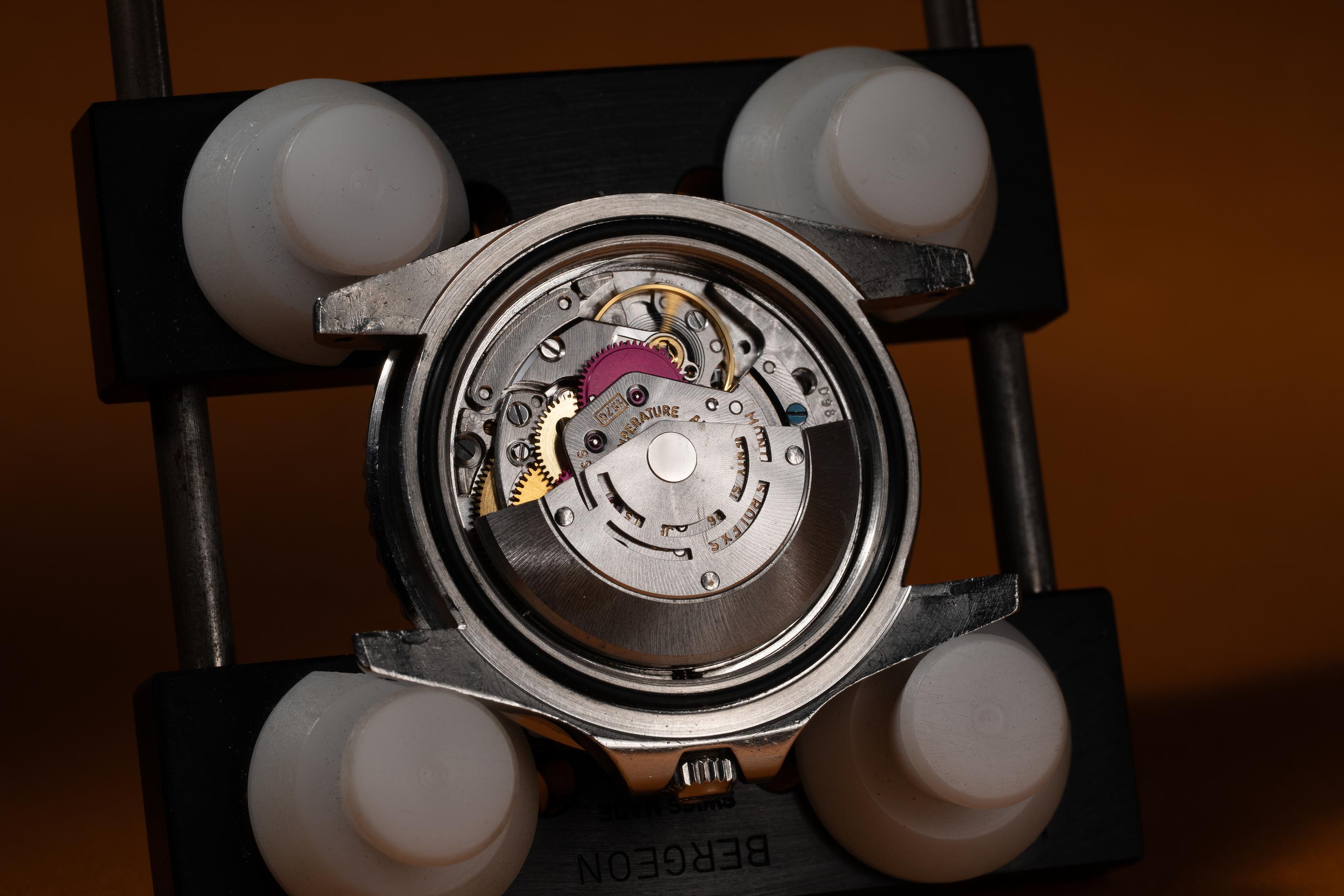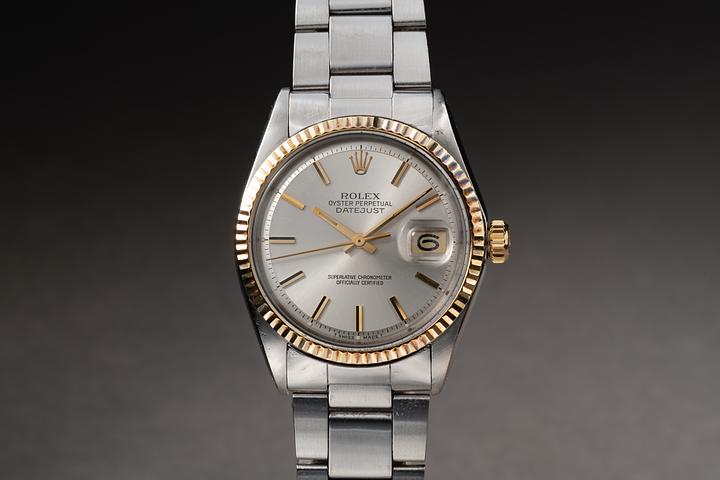What Is an Automatic Watch and Why It Still Matters Today

What Is an Automatic Watch? The Timeless Art Behind Self-Winding Swiss Timepieces
Pausing from whatever else I was doing—probably sending an email half-written or making coffee—I realized how few people actually know what an automatic watch is. Not just that, but how it works, where it came from, and why it’s still relevant in our smart-everything world. So, let’s get into it. This is the complete, no-batteries-needed lowdown on automatic watches, especially as they relate to the Swiss watch industry which, honestly, is where most roads in haute horology lead. Whether you're just getting into watches or already speaking fluent chronograph, think of this as your fact-rich, subtly opinionated deep dive into a marvel of mechanical technology that never really went out of style.
What Exactly Is an Automatic Watch?
An automatic watch, also known as a self-winding watch, is a type of mechanical watch that winds itself as long as you wear it. Let me say that again, because it’s kind of magical. No batteries, no need to manually wind it (though you still can). It winds through the natural motion of the wrist. Inside the watch is a rotor—a piece of metal that pivots on a staff in the center of the movement. When your wrist moves, the rotor spins, winding the mainspring and storing energy. That energy is then released in a controlled manner to power the watch.
This isn’t new tech; it just feels timeless because it actually has stood the test of time. What’s even wilder is how closely this innovation is tied to Swiss craftsmanship. The precision, the materials, the hand-assembly—everything about the automatic watch category screams Swiss finesse.
The Invention and History of Automatic Watches
Let’s rewind (pun not intended, but I’m going with it) to the 18th century. The first automatic watch movement was credited to Abraham-Louis Perrelet, a Swiss watchmaker. Around 1770, he developed the first self-winding mechanism for pocket watches. Smart guy, right? But it wasn’t until the early 20th century—particularly 1923—when British watchmaker John Harwood patented the first self-winding wristwatch. Still, it was Switzerland that ultimately refined and transformed this idea into a horological staple.
By the mid-20th century, the Swiss watch industry had taken the baton and was running full speed. Brands like Rolex, Omega, and Patek Philippe began innovating automatic movements that were more efficient, more reliable, and, in typical Swiss fashion, more beautiful. Around the 1940s, Rolex developed the “Perpetual” rotor system—basically the blueprint for modern automatic watches. Suddenly, your wrist could power your timepiece without you lifting more than a latte. That changed everything.
How the Mechanics of an Automatic Watch Actually Work
So here's where things get a little nerdy, but stay with me—it’s fascinating. Inside an automatic watch, there are a series of gears, levers, and, most importantly, a rotor. This rotor is a semi-circular weight that swings as your wrist moves. As it spins, it winds the mainspring—a coiled strip of metal inside a barrel. When wound, the mainspring stores potential energy, which is slowly released to power the gear train, escapement, and finally the balance wheel.
The balance wheel is essentially the timekeeping heart of the watch, oscillating back and forth at a consistent rate (often 28,800 beats per hour in modern Swiss watches, if you’re counting). This rhythmic motion regulates the timekeeping, making sure the hands move at an exact pace. The result? You get that beautiful sweep of the second hand—elegant, ultra-smooth, and unmistakably mechanical.
Why Switzerland Leads the Industry in Automatic Watches
I mean, let’s be honest—if horology had a Mount Everest, it would be shaped like Switzerland. The country has been the nucleus of watchmaking since the 16th century, starting with Huguenot refugees settling in Geneva, bringing with them a love for intricate machinery and craftsmanship. Over centuries, that turned into an ecosystem—a network of specialist artisans, micro-manufacturers, and integrated maisons that all contribute to the evolution of Swiss watchmaking.
Swiss-made automatic watches are revered for their quality, innovation, and sheer attention to detail. It's not just about keeping time; it's about how beautifully, how precisely, and how reliably you do it. There are specific standards too. If a watch is labeled “Swiss Made,” it’s not just a marketing move. The movement, casing, and final inspection must all happen in Switzerland. It’s tightly regulated—a badge of pride in an industry where credibility is king.
Companies like Rolex, TAG Heuer, Audemars Piguet, and Jaeger-LeCoultre have led the charge, each offering in-house automatic movements that are marvels of micro-engineering. Even newer or relatively niche Swiss brands bring insane levels of craftsmanship. Innovation lives here, but so does tradition—and it’s that balance that makes Switzerland the home of automatic watches.
Advantages of Choosing an Automatic Watch
Let’s step back for a second. You’re living in 2024, surrounded by devices that can measure your sleep habits, order groceries, and track how often you stand up. So why choose something as analog as an automatic watch? Simple—it’s the poetry of precision. Automatic watches blend form and function with a kind of character that tech wearables can't replicate.
First, there’s longevity. A well-maintained automatic watch can last decades—generations even. Next, there's autonomy. No batteries required means fewer worries about replacement or malfunctioning electronics. Also, there’s just something impossibly cool about knowing your wrist is powering your watch. It becomes part of you in a very literal sense.
And then of course: style. Automatic watches tend to have open casebacks and visible movements. You can see the gears, the rotor, and the ticking heart of the piece. There’s something hypnotic about it—mechanical ballet at 28,800 beats per hour. You don’t get that from a glowing screen.
Keeping Time with Legacy and Innovation
The conversation around watches is changing, sure. But the automatic watch remains a symbol of enduring craftsmanship, mechanical ingenuity, and above all, heritage. In a landscape obsessed with speed and upgrades, automatic watches ask us to slow down, to tune into the rhythm of time itself—one tick at a time. Especially in the Swiss watch industry, where tradition isn’t just respected, it’s engineered into every component, every gear, every screw.
So next time you see an automatic watch, remember: it’s a tiny machine doing complex ballet beneath the dial—all engineered to perfection, powered by your every move, and designed to last lifetimes. No charging cable required.




